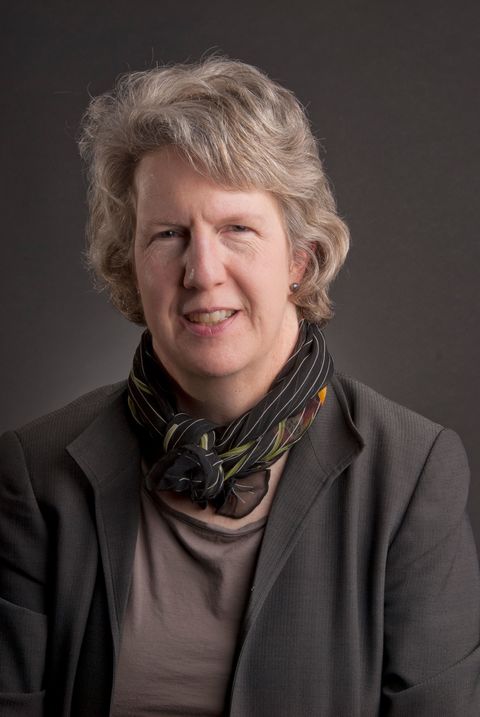
Biography
Dr. Anne Verplanck teaches courses in American art and visual culture, social and cultural history, American decorative arts and material culture, museum studies, and heritage studies. Prior to joining the Penn State Harrisburg faculty in 2010, she worked in the museum field for 30 years. Until 2009, she was the Curator of Prints and Paintings at Winterthur Museum, where she also served as Interim Director of Museum Collections and Interim Director of the Research Fellowship Program. In addition, she taught in the Winterthur Program in American Material Culture/University of Delaware, and George Washington and George Mason universities. She has served in curatorial and consultant positions to numerous museums and historic sites and has lectured widely.
Research Interests
- 18th- and 19th-century American Art and History
- American Portraiture
- Public Heritage
- Cultural History
- American Material Culture
- Philadelphia
- Quaker material culture
- The History of Photography
Publications
The Business of Art: Transforming the Graphic Arts in an Age of Mechanical Reproduction (in progress)
“Making American Art Engaging for Non-Majors,” Art History Pedagogy and Practice, Special Issue: Teaching the Art History of the United States. Volume 6: 1 (April 2021), 1-19.
“How We Might View Artists as Businesspeople,” American Art (33:3) (Fall 2019): 10-13.
31 Catalog entries for Blackout: Silhouettes Then and Now by Asma Naeem, with essays by Penley Knipe, Alexander Nemerov, Gwendolyn Dubois DuBois Shaw, and catalogue entries by Anne Verplanck and Asma Naeem (Smithsonian National Portrait Gallery, in association with Princeton University Press, 2018).
“‘Nothing Worthy of Notice’?: The Daguerreian Gallery of T.P. and D.C. Collins in Philadelphia,” in Photography and Failure: One Medium’s Entanglement with Flops, Underdogs, and Disappointments, Kris Belden-Adams, ed. (Bloomsbury Academic, 2017): 5-26.
“‘The shadow of your noble self’: The Reception and Use of Daguerreotypes in Philadelphia.” West 86th: A Journal of Decorative Arts, History of Design, and Material Culture. 24:1 (Spring/Summer 2017): 47-73.
“The Business of Daguerreotypy: Strategies for a New Medium,” Enterprise & Society: The International Journal of Business History 16:4 (July, 2015): 1-40.
“Teaching Museum Studies in the Twentieth and Twenty-first Centuries or, a Tale of Two Courses.” Pennsylvania History: A Journal of Mid-Atlantic Studies (Fall, 2015).
“‘They Carry Their Religion . . . Into Every Act of their Public and Private Lives’: Quaker Daguerreotype Consumption in Philadelphia, 1839-60,” Early American Studies (Winter, 2015): 237-278.
“Making History: Antiquarian Culture in Mid-Nineteenth-Century Philadelphia," Pennsylvania Magazine of History and Biography (October, 2014), 395-424.
“Patina and Persistence: Miniature Patronage and Production in Philadelphia, 1840-1860,” in Sven Beckert and Julia Rosenbaum, eds., The American Bourgeoise: Distinction and Identity in the Nineteenth Century (Palgrave Macmillan, 2010), 63-85.
“The Silhouette and Quaker Identity in Early National Philadelphia.” Winterthur Portfolio 43:1 (Spring 2009), 41-78.
Quaker Aesthetics: Reflections on a Quaker Ethic in American Design and Consumption (University of Pennsylvania Press, 2003), edited volume with Emma Lapsansky.
"The Social Meanings of Portrait Miniatures in Philadelphia, 1760-1820," in Ann Smart Martin and J. Ritchie Garrison, eds., American Material Culture: The Shape of the Field (Winterthur, DE: Winterthur Museum, 1997), 195-223.
Education
B.A.; M.A.; Ph.D. College of William and Mary